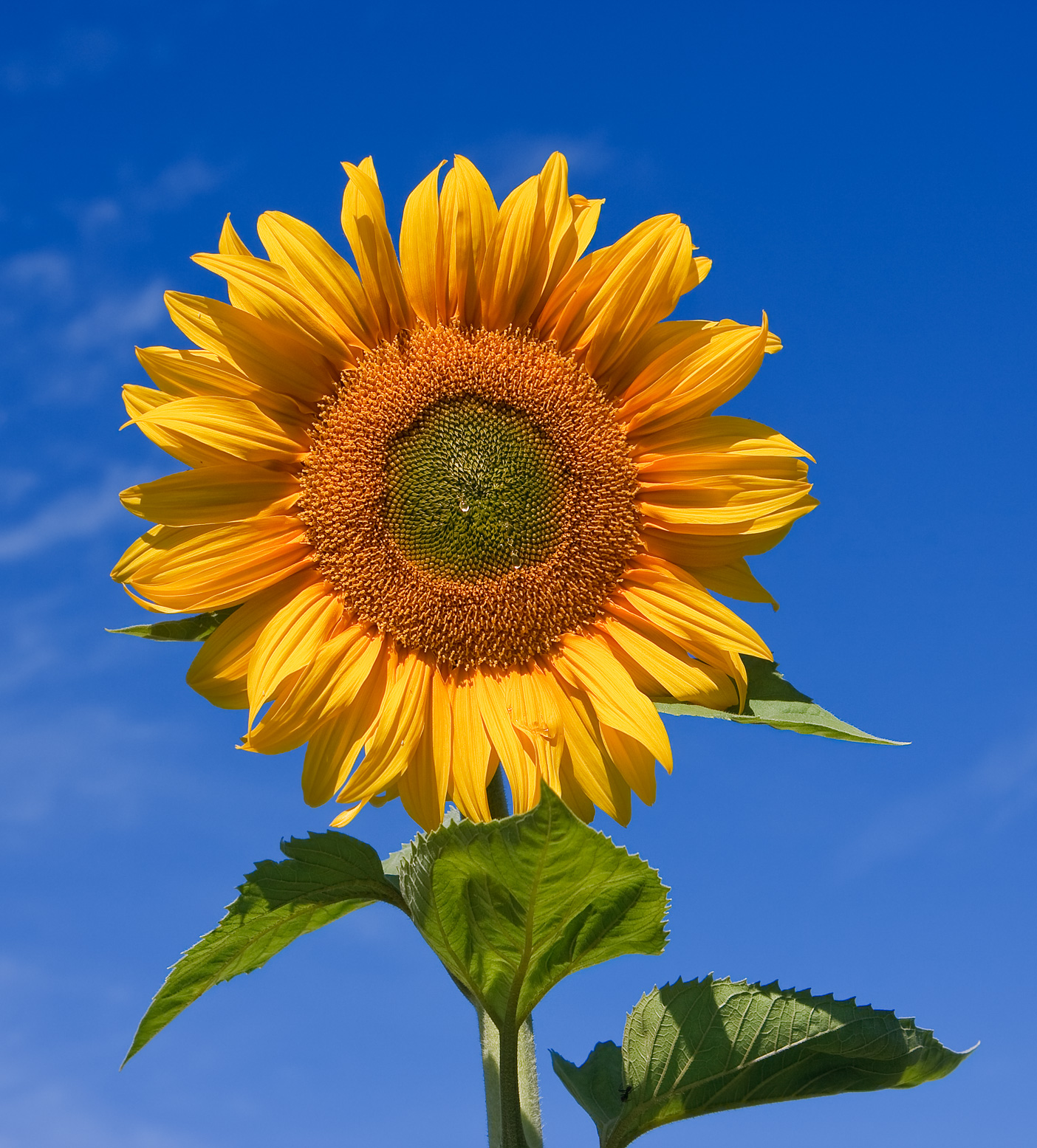We are not only going to plant vegetables in our garden, we will have some flowers as well. Flowers are not just pretty faces in vegetable gardens, they have many benefits such as bringing in good insects and pollinators and keeping out pests.
I have included a lot of information about the benefits of each flower, including Wikipedia links. For example, if you don't know what a "thrip" is (I didn't know before today!) then click on the link to read more about it!
Marigolds, Nasturtiums, Zinnias, Sunflowers, and Herbs such as Lavender. If I can get my hands on some Bee Balm, Cosmos, Calendula and Borage seeds, we will plant those as well.
1. Marigolds.(Signet marigolds have edible flowers)
These cheery yellow flowers are helpful for keeping a variety of pests away from the garden. Rabbits, deer, javalinas, rodents, are peccary are even said to be deterred by marigolds. This is particularly relevant to us because we have an abundance of rabbits! They will hopefully also help with keeping squash bugs away. Other critters they repel are mosquitoes, slugs, roundworms, thrips, tomato hornworms, and whiteflies. We will make sure to plant these next to the squash and or the tomatoes!
These need to be planted outside after the last frost. If there was a superhero/rockstar flower of the vegetable garden, the marigold would be it!
2. Nasturtiums. (Edible flowers and leaves)
These flowers will help keep squash bugs, white flies, and beetles away. These are considered a trap crop for aphids, which will get into things like cabbage, collards, kale, turnips, mustard, broccoli, cauliflower, brussel sprouts and radishes. A good place to plant these will be next to the squash or kale.
Nasturtium leaves and flowers are also edible! I will have to try them at some point this summer.
The package of seeds I have says that these do not transplant well and that one should be careful not to water them too much.
Zinnias will attract bees, butterflies, and hummingbirds. These are good flowers to plant near a window, because they grow to be large (2 to 3 feet.)
The package of seeds says that these can be started indoors about a month before the last frost and then transplanted outside. These need plenty of water.
4. Sunflowers (Edible Flowers and Seeds)
Who doesn't love sunflowers?
Sunflowers are great flowers to have in the garden because they attract pollinators like bees and butterflies, and they can also be trellises for climbing plants like beans.
They do have some negative alleopathic effects on other plants, however. (Some say they are toxic to certain vegetable plants). So these might need to be isolated a little bit from the other plants in the garden.
The sunflowers grown from the seeds we have will grow to be 4 to 6 feet. I think I would like to have them in the South Garden right in front of my big window. They will be beautiful to look at and they will get enough sun in that spot.
5. Lavender (We are planting Vera Lavender)
(English Lavender flowers and leaves are edible)
Lavender smells wonderful to humans, but not to certain pests such as deer, mice, ticks, cabbage moths and even mosquitoes and flies.
These need to be started inside and "acclimated" to direct sunligh tor "hardened off." This means that the plants will need to be exposed to the elements gradually. This is an interesting process that involves starting them indoors, then allowing them to spend a little time outdoors each day (progressively more time each day) until you finally transplant them into the ground.
I will probably put these in the south side of the East Garden (it is the sunniest spot in the East Garden) when they are fully hardened off. We will definitely be dehydrating much of what we grow to be used later in tea and other things.
6. Bee Balm (Edible flowers)
This beautiful flower attracts bees, butterflies, and hummingbirds. It is also said to repel some soil pests and mosquitoes. Planting it near tomatoes is said to improve flavor.
This flower is also called bergamot, and it smells like bergamot orange (which is used for Earl Grey tea)
Bee balm actually can be used to treat bee stings and it a good general antiseptic. We will definitely be dehydrating a lot of this!
7. Cosmos (NOT edible)
Cosmos can attract bees and lacewings. Lacewings are the vegetable gardener's ally because they consume pests like aphids, thrips, and scale insects.
These flowers can also attract ladybugs, hoverflies, and wasps (this is beneficial!)
These can be planted anywhere in the garden. They will brighten it up quite a bit!
8. Calendula (Edible flowers)
Calendulas attract aphids and can be used as a trap crop for vegetables that have problems with aphids. These flowers also deter tomato hornworms and asparagus beetles.And because they are bright, they will attract pollinators.
I am really looking forward to dehydrating calendula because it has many medicinal uses, such as being anti-inflammatory, anti-viral, and anti-tumor. It can be used to treat acne, abdominal cramps, and constipation. Read more about uses of Calendula: http://mountainroseblog.com/healing-calendula/
9. Borage (Edible flowers)
Borage is a beautiful flower that is very effective at attracting wasps, bees and other pollinators. They can deter tomato hornworms, cabbage worms, and manduca moths. It is said to be a good companion to tomatoes, legumes, spinach, and strawberries.
Read more about companion planting and flowers that will benefit your vegetable garden!
http://savingkathy.hubpages.com/hub/Vegetable-Garden-Companion-Plants http://www.ghorganics.com/page2.html
http://gardening.about.com/od/vegetable1/tp/Flower-For-The-Vegetable-Garden.htm
http://www.livingspace360.com/index.php/best-annual-flowers-to-plant-in-the-vegetable-garden-28883/



.jpg)



























